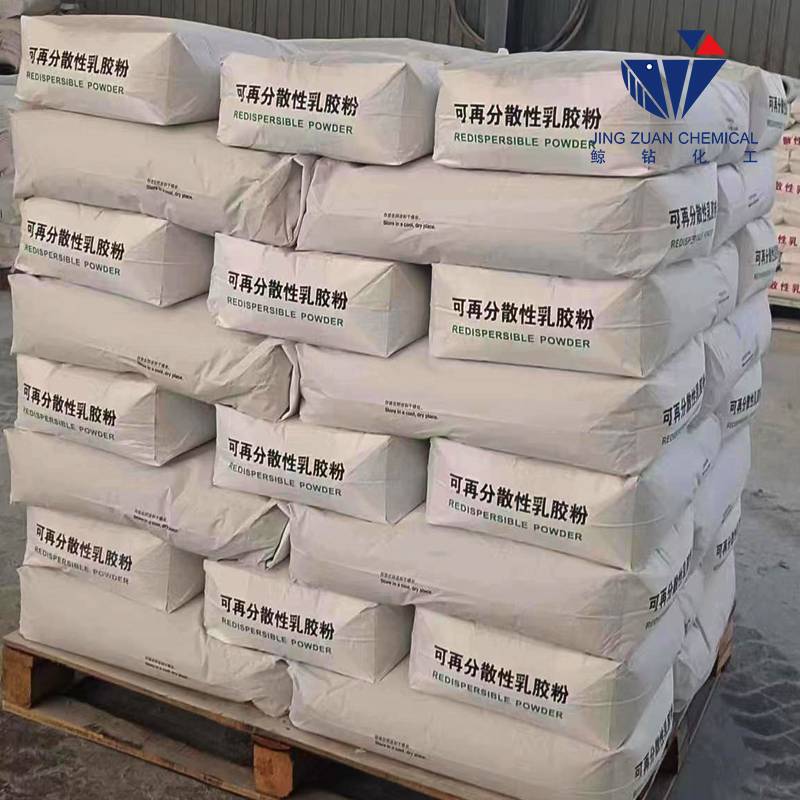
டிசம்பர் . 16, 2024 21:33 Back to list
grades of hpmc
Understanding the Grades of HPMC Enhancing Pharmaceutical Formulations
Hydroxypropyl Methylcellulose (HPMC) is a versatile polymer that plays an essential role in the pharmaceutical and food industries. As a modified cellulose, it is derived from the natural polymer cellulose and has gained prominence due to its unique properties, including its ability to form gels, thickens solutions, and act as a stabilizer. The grades of HPMC are crucial in determining its application in various formulations, particularly in drug delivery systems.
HPMC is categorized into different grades based on factors such as molecular weight, the degree of substitution, and viscosity. These grades affect the physicochemical properties of the polymer, influencing the release profile of active pharmaceutical ingredients (APIs). For instance, lower viscosity grades are often utilized in the formulation of suspensions and emulsions due to their ability to provide a smooth consistent texture, whereas higher viscosity grades are preferred for thickening applications and controlled-release formulations.
Understanding the Grades of HPMC Enhancing Pharmaceutical Formulations
Another important factor to consider is the degree of substitution of the hydroxyl and methoxy groups on the cellulose backbone. This parameter affects not only the solubility of HPMC in water (cold or hot) but also its gelling properties. Formulations requiring specific thermal and pH-responsive characteristics will benefit from selecting the right HPMC grade, ensuring optimal performance. For instance, certain grades of HPMC exhibit gel-forming capabilities that are temperature-sensitive, making them ideal for applications such as controlled drug release and retarding the release rate of APIs.
grades of hpmc

The application of HPMC in pharmaceutical formulations spans a wide range of products, from oral solid dosage forms like tablets and capsules to injectable and ophthalmic solutions. In tablet formulations, HPMC is commonly used as a binder, ensuring granule cohesion during the compression process while also providing controlled-release properties when appropriate grades are selected. For extended-release formulations, higher viscosity HPMC grades are often incorporated to prolong the release of the drug, enhancing therapeutic effectiveness and minimizing dosage frequency.
In the context of injectable formulations, HPMC serves as a stabilizer or thickening agent, improving the viscosity and overall stability of the solution. Its ability to form hydrogels allows for sustained release of APIs in the body, making it an attractive option for developing long-acting injectable medications. Additionally, the compatibility of HPMC with various excipients further broadens its application in complex formulations.
Beyond its use in pharmaceuticals, HPMC also finds applications in the food industry as a food additive, where it serves as a thickener, emulsifier, and stabilizer. Its non-toxic nature and versatility make it a crucial component in improving the texture and stability of various food products.
In conclusion, the grades of HPMC significantly influence their performance in pharmaceutical and food applications. Understanding the specific characteristics of each grade is essential for formulators aiming to optimize their products. By carefully selecting the appropriate HPMC grade, formulators can effectively streamline the development of innovative pharmaceuticals and food products that meet specific functional requirements, thus enhancing the overall effectiveness and user experience.
-
Versatile Hpmc Uses in Different Industries
NewsJun.19,2025
-
Redispersible Powder's Role in Enhancing Durability of Construction Products
NewsJun.19,2025
-
Hydroxyethyl Cellulose Applications Driving Green Industrial Processes
NewsJun.19,2025
-
Exploring Different Redispersible Polymer Powder
NewsJun.19,2025
-
Choosing the Right Mortar Bonding Agent
NewsJun.19,2025
-
Applications and Significance of China Hpmc in Modern Industries
NewsJun.19,2025







